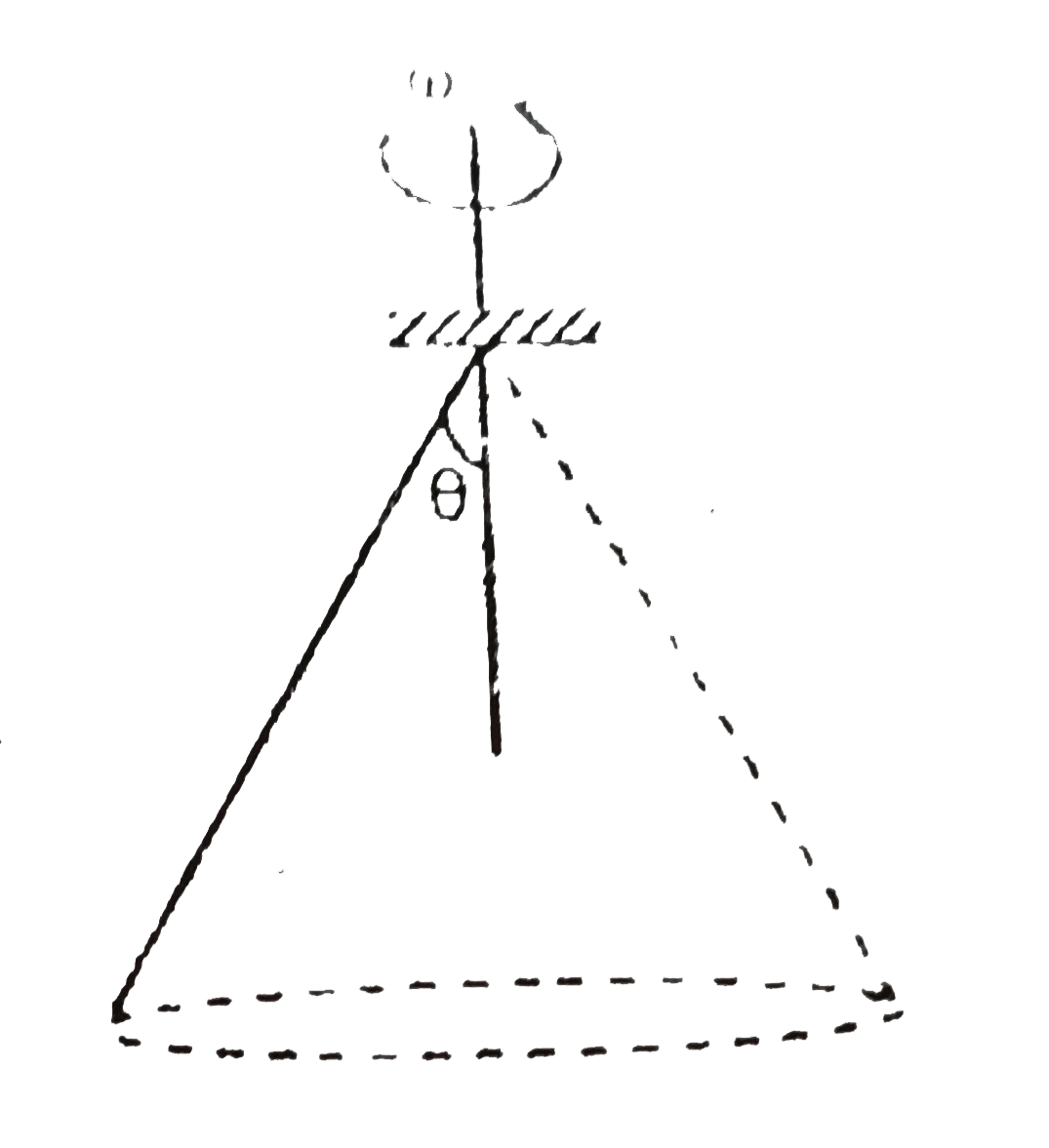The rate of change of angular momentum is called
angular velocity
angular acceleration
moment of inertia
torque
The correct Answer is:4
To solve the question regarding the rate of change of angular momentum, we can follow these steps:
1. Understanding Angular Momentum:
- Angular momentum (L) is defined as the product of the moment of inertia (I) and the angular velocity (ω). Mathematically, it can be expressed as:
L=I⋅ω
2. Rate of Change of Angular Momentum:
- The rate of change of angular momentum is given by the formula:
dLdt=Final Angular Momentum−Initial Angular Momentum÷Time
- This can be expressed as:
dLdt=Lf−Lit
3. Substituting Angular Momentum:
- Substituting the expression for angular momentum into the equation gives:
dLdt=I⋅ωf−I⋅ωit
4. Factoring Out Moment of Inertia:
- We can factor out the moment of inertia (I) from the equation:
dLdt=I⋅ωf−ωit
5. Identifying Angular Acceleration:
- The term ωf−ωit represents the angular acceleration (α):
α=ΔωΔt
- Thus, we can rewrite the equation as:
dLdt=I⋅α
6. Conclusion:
- The rate of change of angular momentum is equal to the torque (τ), which is defined as:
τ=I⋅α
- Therefore, the answer to the question is that the rate of change of angular momentum is called torque.
Final Answer:
The rate of change of angular momentum is called torque.
- Angular momentum (L) is defined as the product of the moment of inertia (I) and the angular velocity (ω). Mathematically, it can be expressed as:
L=I⋅ω
- The rate of change of angular momentum is given by the formula:
dLdt=Final Angular Momentum−Initial Angular Momentum÷Time
- This can be expressed as:
dLdt=Lf−Lit
- Substituting the expression for angular momentum into the equation gives:
dLdt=I⋅ωf−I⋅ωit
- We can factor out the moment of inertia (I) from the equation:
dLdt=I⋅ωf−ωit
- The term ωf−ωit represents the angular acceleration (α):
α=ΔωΔt
- Thus, we can rewrite the equation as:
dLdt=I⋅α
- The rate of change of angular momentum is equal to the torque (τ), which is defined as:
τ=I⋅α
- Therefore, the answer to the question is that the rate of change of angular momentum is called torque.
The rate of change of angular momentum is called torque.
Topper's Solved these Questions
- SYSTEM OF PARTICLES AND ROTATIONAL MOTIONBook:VMC MODULES ENGLISHChapter:SYSTEM OF PARTICLES AND ROTATIONAL MOTIONExercise:EFFICIENT
Explore 50 Videos
- SYSTEM OF A PARTICLES & ROTATIONAL MOTIONBook:VMC MODULES ENGLISHChapter:SYSTEM OF A PARTICLES & ROTATIONAL MOTIONExercise:IN-CHAPTER EXERCISE F
Explore 10 Videos
- UNITS, MEASUREMENTS & ERRORSBook:VMC MODULES ENGLISHChapter:UNITS, MEASUREMENTS & ERRORSExercise:IN - CHAPTER EXERCISE - B
Explore 10 Videos
Similar Questions
The rate of change of angular momentum of a system of particles about the centre of mass is equal to the sum of external torque about the centre of mass when the centre of mass is :
View SolutionA rod of mass m and length l is rotating about a fixed point in the ceiling with an angular velocity ω as shown in the figure. The rod maintains a constant angle θ with the vertical.
What is the rate of change of angular momentum of the rod ?

View SolutionThe angular momentum is?
View SolutionAngular momentum is conserved
View SolutionWhich physical quantities are expressed by the following ? (a) rate of change of angular momentum (b) moment of momentum
View SolutionA : If angular momentum of an object is constant about a point then net torque on it about that point is zero.
R : Torque is equal to the rate of change of angular momentum.
View SolutionA particle of mass m is moving on a circular path of radius r with uniform speed v , rate of change of linear momentum is
View SolutionWrite SI unit of angular momentum:
View SolutionWrite SI unit of angular momentum:
View SolutionWrite SI unit of angular momentum:
View Solution